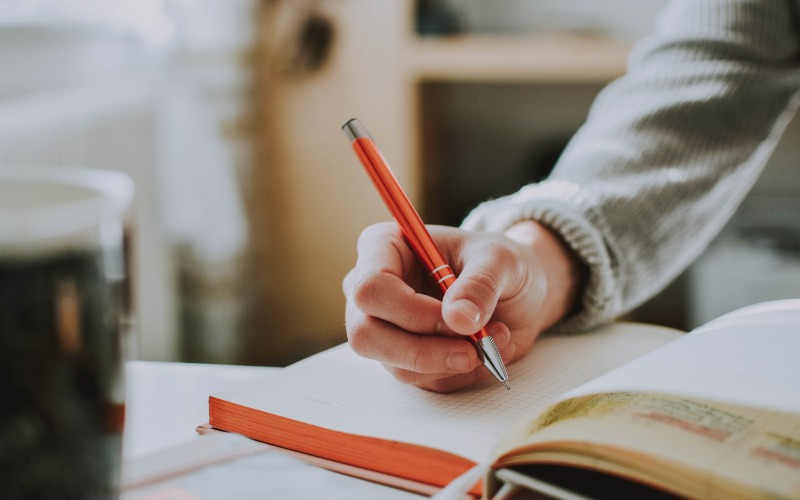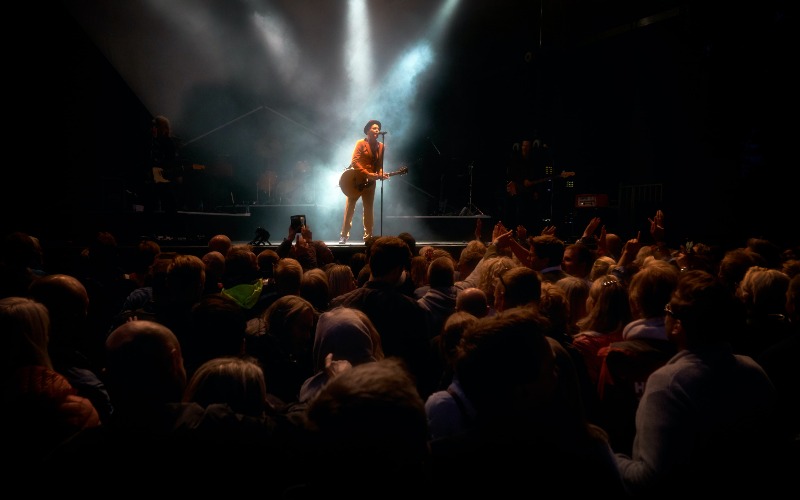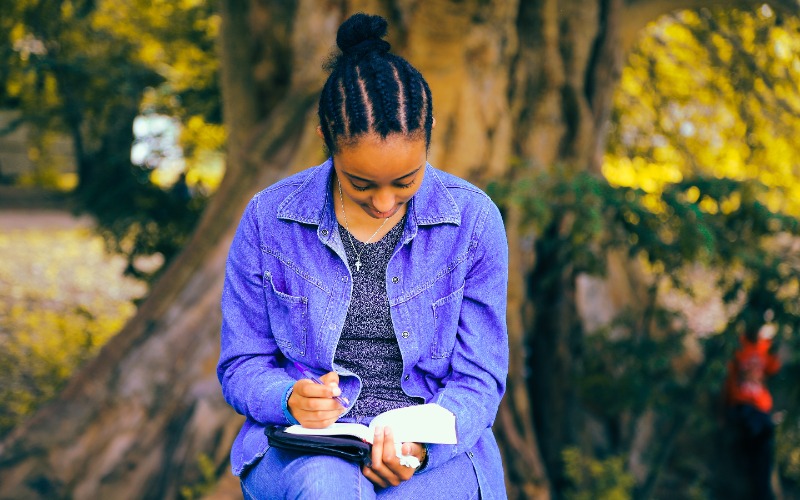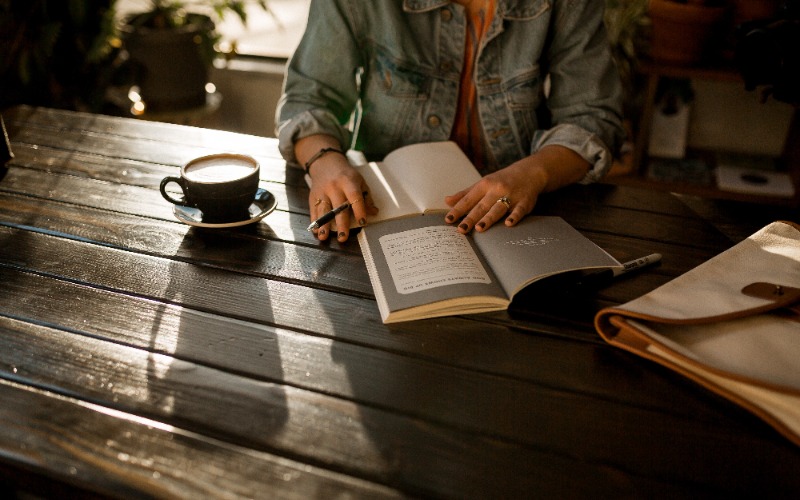Posted on
Would you like to find out how to write a ballad? Well, you’ve come to the perfect place as we’re about to guide you through all you need to know about ballads. Ballads have been around for many, many years and are often found in music, poetry, and literature. Whilst the meaning of ballads has changed over time, the key factor linking them together is their storytelling and format. Let’s find out about ballads in more detail below!
What Is A Ballad?
The ballad definition is a form or narrative verse, often set to music. Most ballads derive from the medieval French chanson balladée or ballade, which were originally ‘dance songs’. They can be either poetic or musical.
Ballads have a huge importance in literature as they are perhaps the most ancient of all literary forms. As far as we know, the earliest works of literature are mythological epic poems that tell the stories of the culture that created them. Ballads often story tell through music, and an example of this is Elvis Presley’s ‘I Can’t Help Falling In Love’, but we’ll delve deeper into ballad examples later in this guide.
What Is A Power Ballad?
Power ballads are like normal ballads, but the main difference is that they are often considered more emotional. Whilst the tempo can remain slow, the power ballad can be given more weight with some heavy drumming in a rock song for example.
Power ballads are mostly known in music and have been written and performed by some of the most legendary musicians of all time, including:
With Or Without You – U2
Hey Jude – The Beatles
Black – Pearl Jam
Wish You Were Here – Pink Floyd
Purple Rain – Prince
Wild Horses – The Rolling Stones
Stairway To Heaven – Led Zeppelin
Top tip – Next time you’re listening to your favourite song, see if you can work out if it’s a power ballad or not!

What Is The Ballad Stanza
Ballad stanza is a four-line stanza, also known as a quatrain, typically found in a folk ballad. The form consists of alternation four and three lines. In most ballad stanzas only the second- and fourth-lines rhyme.
Perhaps the most well-known example of this is, Samuel Taylor Coleridge’s ‘The Rime of the Ancient Mariner’. This famous ballad adopted the ballad stanza alternating eight and six-syllable lines. You might be wondering at this point; how many stanzas are there in a normal ballad though? Well, this can vary but English language ballads are typically composed of four-line stanzas that follow an ABCB rhyme scheme.
How To Write A Ballad
Here is our step-by-step guide on how to write a ballad:
1. Choose Your Topic
Ballads are usually inspired by a story in the writer’s life, a fictional scenario, or a real event past or present. Work out what topic you’re going to write about and build your story around it.
2. Decide Your Tone
As Bob Dylan famously demonstrated, ballads can showcase a variety of tones, whether purposeful, playful, plaintive, or mysterious. Many of the best ballads will offer a few different tones, even within the same verse so decide which tone/tones you want to embody and then begin writing!
3. Use Rhyme and Meter
Remember, most ballads consist of quatrains, where the first and third or second and forth lines rhyme. Employ rhyme and metre as a structural aid to help you write the best ballad, although don’t let it restrict you too much.
4. Let the Story Guide You
Writing an entire song or poem might sound intimidating, but if you let the story guide you the writing should follow and flow. For example, Coleridge’s ‘Rime of the Ancient Mariner’ is 143 verses long yet Iron Maiden’s adaptation of it as a heavy metal song is 13 minutes, 45 seconds long. If you have a strong story to tell in your ballad, you should have no difficulty writing verse after verse.

How Long Is A Ballad?
Although the length of a ballad can vary depending on the writer, the format usually remains the same. You might be thinking, but do ballads have to rhyme? Whilst not all ballads follow the exact same rhyme scheme, most ballads follow a strict meter and defined rhyme, repeating the same pattern throughout the entirety of the ballad.
What Are Ballads Usually Written About?
Ballads are usually written about a story, for example a love story in a music power ballad like ‘Let’s Get It On’ by Marvin Gaye, or they can be written about something completely fictional, for example ‘The Rime of the Ancient Mariner’. The story is entirely up to the writer to decide which is why, whilst the format of a ballad remains the same, the story always differs. Read on for some famous ballad examples.

Ballad Examples
Here are some brilliant ballad examples:
Bob Dylan’s ‘The Lonesome Death of Hattie Carroll’ is an excellent example of a folk ballad.
Bon Jovi’s mega-hit from the 1980s,’Livin’ on a Prayer,’ is a pop ballad, like traditional ballads, it tells a story, it’s set to music, and it has a repeating refrain that makes the lyrics stick in your head. Although it does not employ the traditional ABCB rhyme scheme.
‘The Rime of the Ancient Mariner’ by Samuel Taylor Coleridge demonstrates a lyrical ballad beautifully and is one of the most well-known ballads of all time.
Here is a small section of the ballad for you to read and analyse:
Water, water, everywhere,
And all the boards did shrink;
Water, water, every where,
Nor any drop to drink.
The very deep did rot – Oh Christ!
That ever this should be.
Yea, slimy things did crawl with legs,
Upon the slimy sea.

Now You Know All About Ballads
Now you know everything about ballads, from what they are, to how to write one. We hope you’ve learned lots and feel inspired to write and perform your own ballads now! If you’d like to find out more about writing, then check out our tips on writing lyrics. Now, all that’s left to do is get your pen and paper ready and start writing, good luck!
Showcase Your Talent
Our TeenStar competition applications are now OPEN. Apply here! TeenStar is the biggest search for teenage and pre-teen singers, with prizes and opportunities for young artists looking to develop their talent. With industry judges including TV scouts, Record Label A&R, Management companies and more, TeenStar is a great place to for young artists to get started in the industry and auditions are open right now!